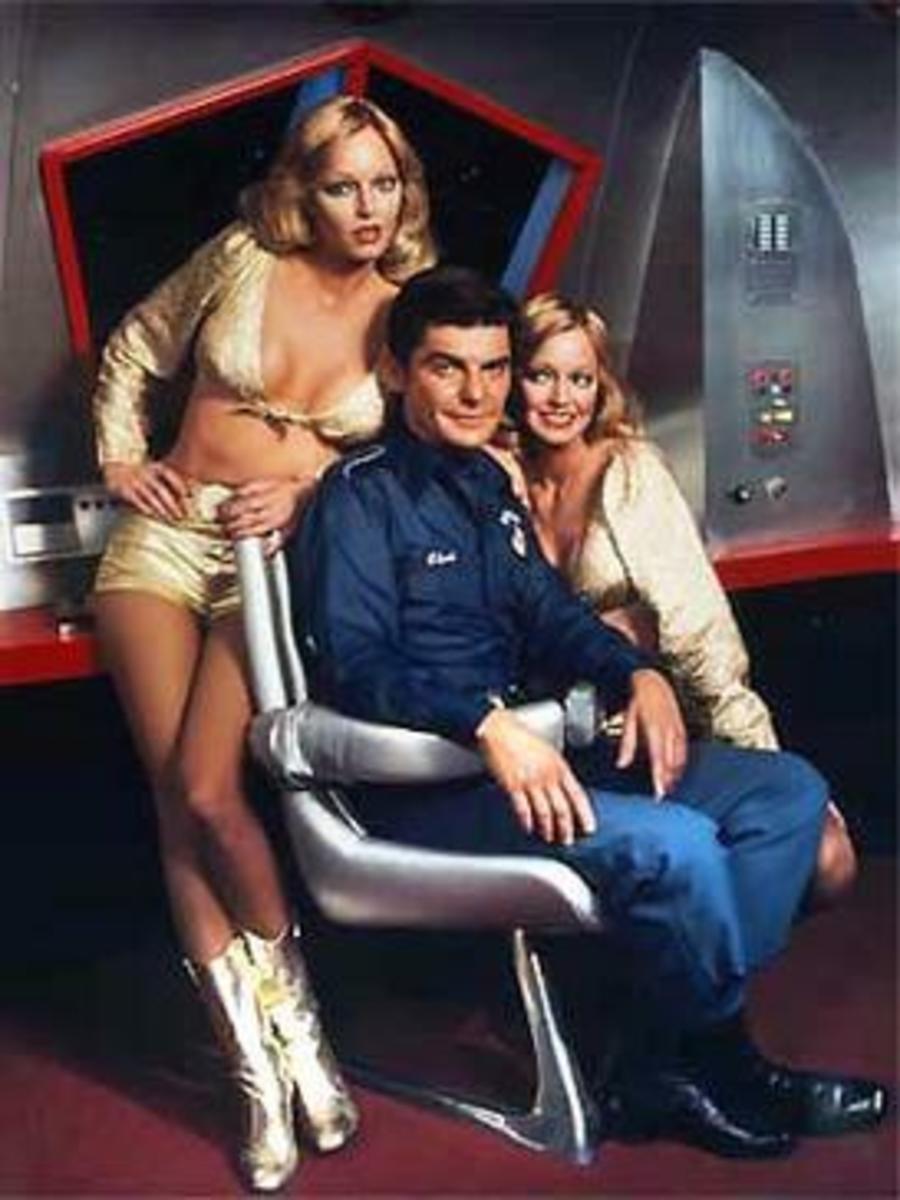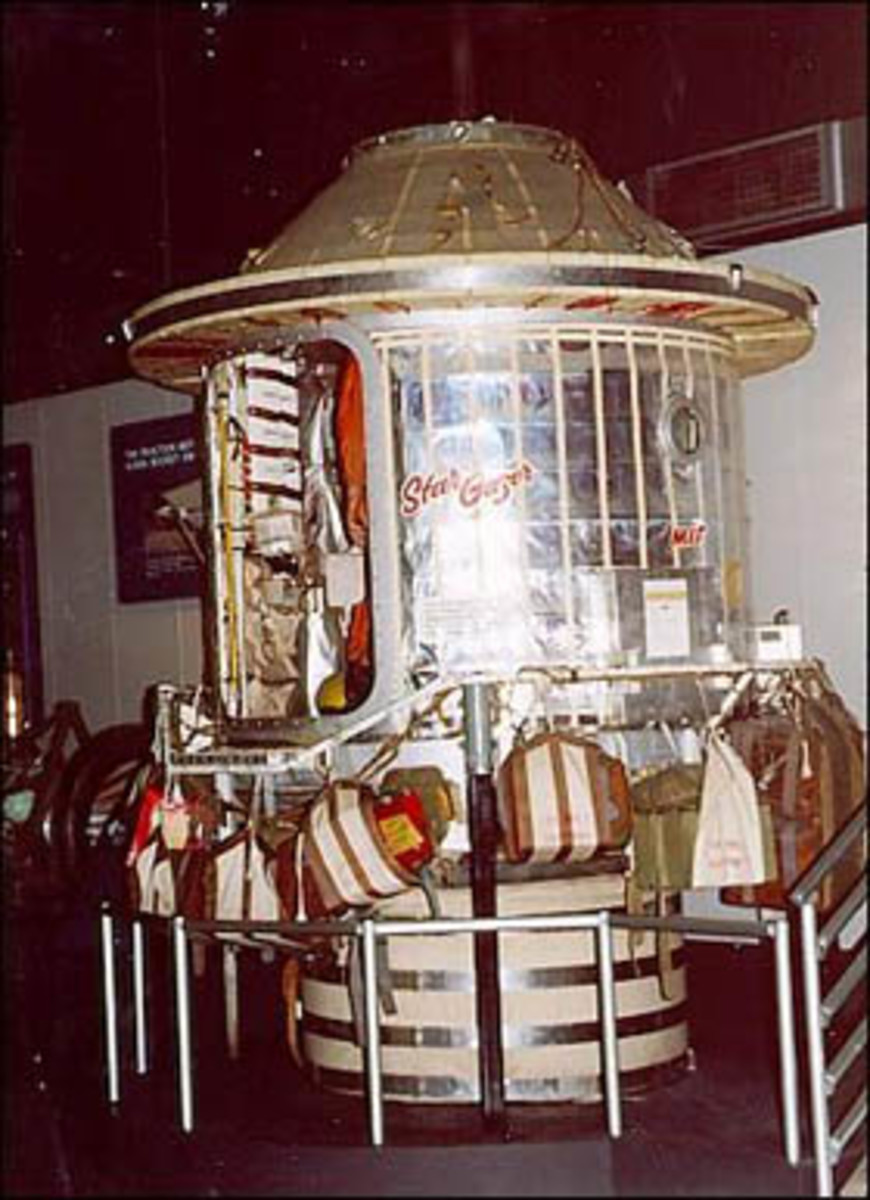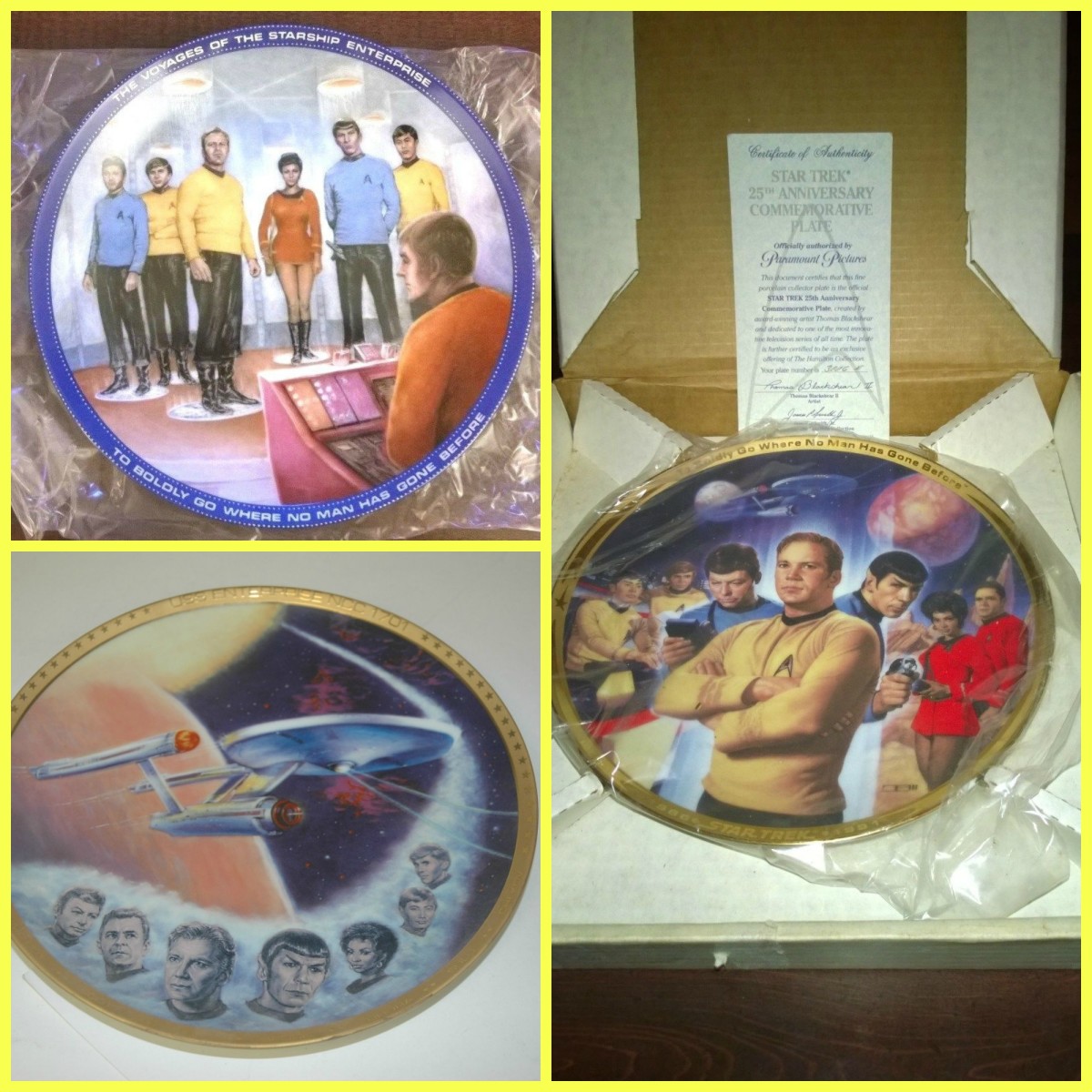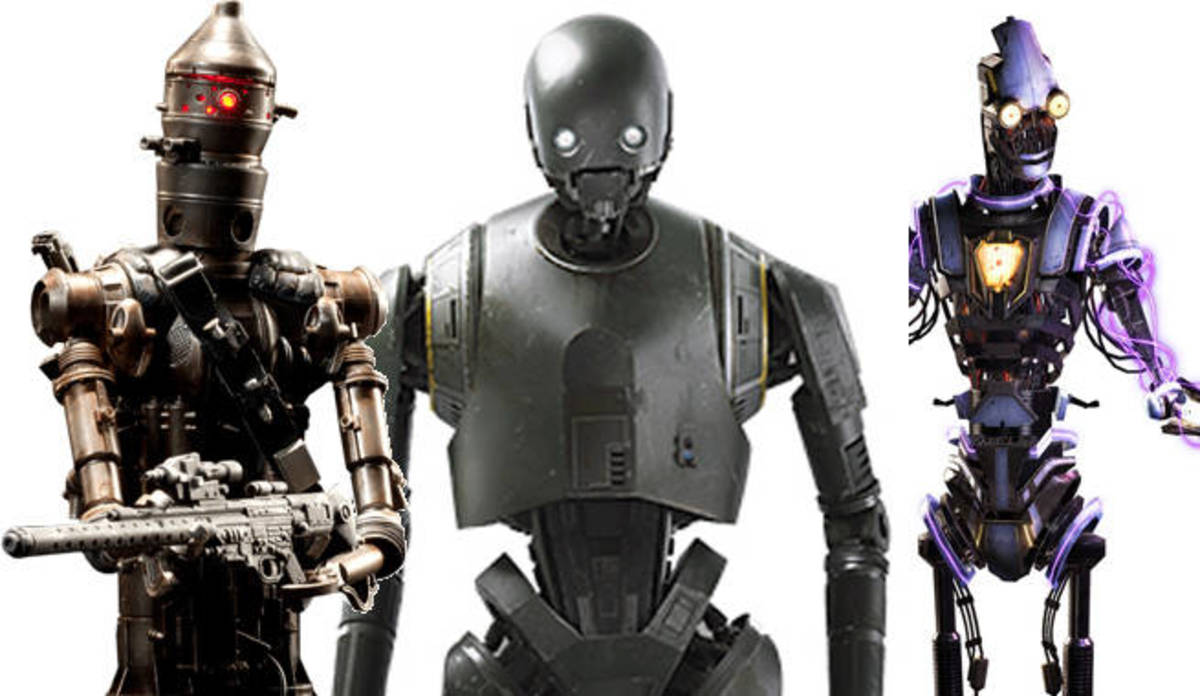The Star Trek Series is it Science or Science Fiction?
Spock

Science or Psudo Science
The Star Trek phenomenon, starting in 1966 with the original series and continuing today with the upcoming release of the eleventh movie, has lasted the test of time because of its mix of scientific fact and science fiction. By combining the two with human drama, Star Trek has entertained for over forty years and given us a possible glimpse into the future.
With the newest edition we have come full circle as we are reunited with the original characters of Captain Kirk, Spock, Dr. Mcoy and Scotty.
Star Trek Original Series

Warp Speed
Gene Roddenberry, the man behind the original series, based some of the show's scientific developments on reality. Others, however, such as the warp drive propulsion system of the Enterprise, which allows the ship to travel faster than the speed of light, is impossible. According to Einstein's space time continuum it always will be, because traveling at the speed of light causes two very real problems. The closer to light speed an object gets, the heavier it gets, requiring more energy than exists in the universe to propel something as heavy as the Enterprise past light speed.
The other problem that would cause major problems for the Federation is that the closer to light speed you travel, the slower time gets. This would mean that time on the starship would be slower than time back on earth, making the Federation's job of maintaining a fleet of traveling starships, a tough one indeed.
Though research continues on this phenomena, which would also allow travel backwards through time, scientists have yet to successfully warp space and time. But the use of light speed fast travel on the Enterprise is essential in order to get the crew across the galaxy and into some human drama in a one hour episode.
Computer Navigation
Other devices, such as the ship's computer system, are much closer to a realistically conceivable future. Its ability to pilot the ship and navigate it through the universe, without human input, is not too far from our computer navigational systems today. The source used to power the Enterprise, is also based on reality. The mixing of matter and ant-matter is based on a principal of physics and is a real possibility. Other standard Star Trek staples such as Androids, impulse engines, and even alien beings are not beyond our imagination, but as yet are beyond our intelligence.
The Enterprise

Impulse Engines
Over the years, the writer's of the various Star Trek series have had to come up with theoretical inventions to support some already in place aboard the imaginary world they've created, in order to conform to some of the basic laws of nature such as gravity. Engaging the impulse engines, which accelerates the ship forward at about half the speed of light, would tear apart the ship's crew by the shear force of gravity. To compensate for this, the writer's introduced 'inertial dampers' which kept the interior of the ship and its human inhabitants from being affected by the deadly force of accelerating that fast.
Another problem with the use of impulse engines, is the amount of fuel it would take to first accelerate something as heavy as the Enterprise and then to stop it. This has been calculated at approximately 81 X its mass in fuel to accelerate and then again to stop. An impossible amount of fuel to be store on the ship, making the use of impulse engines physically impractical.
Star Trek - the original series
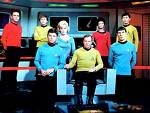
Phasers and Transporters
There are several other Star Trek gadgets that look scientifically possible, but are purely the result of the imagination of the writers. Such things as phasers or PHASed Energy Rectification, have been staples in Science Fiction since Buck Rogers traveled the galaxies. Another great feature of the Enterprise is the transporter. While it serves the crew very well in getting them from one spot to another in the blink of an eye, the device has no scientific foundation. Dematerializing a human in one spot and then transporting the atoms to another location to rematerialize them, has way too many inherent problems, with gravity leading the list.
Pure Entertainment
The fans of Star Trek are happy to overlook the scientific problems the show might present. Scientific fact or not, it is pure entertainment. It has survived not only because of this, but also because it allows us to imagine a realistic future. It gives us insight into what might be and lets us use our imaginations in seeing a world of possibilities in our future.
Resources
http://ssdoo.gsfc.nasa.gov/education/just_for_fun/startrek.html#computer
Krauss, Lawerence The Physics of Star Trek, http://books.google.com/books
- Star Trek Homepage
- http://www.cbs.com/classics/star_trek/video/video.php
Watch Star Trek Video on CBS.com. Full Episodes, Clips and Behind the Scenes footage. - Star Trek | Official Movie Site | In Theaters May 2009 | Star Trek Movie
Explore the official website of the upcoming Star Trek movie for the newest trailers and cast photos. A new vision of the greatest space adventure of all time. In Theaters May 8, 2009. - Star Trek (2009)
Directed by J.J. Abrams. With Chris Pine, Jennifer Morrison, Zachary Quinto. A chronicle of the early days of James T. Kirk and his fellow USS Enterprise crew members. Visit IMDb for Photos, Showtimes, Cast, Crew, Reviews, Plot Summary, Comments, Dis




